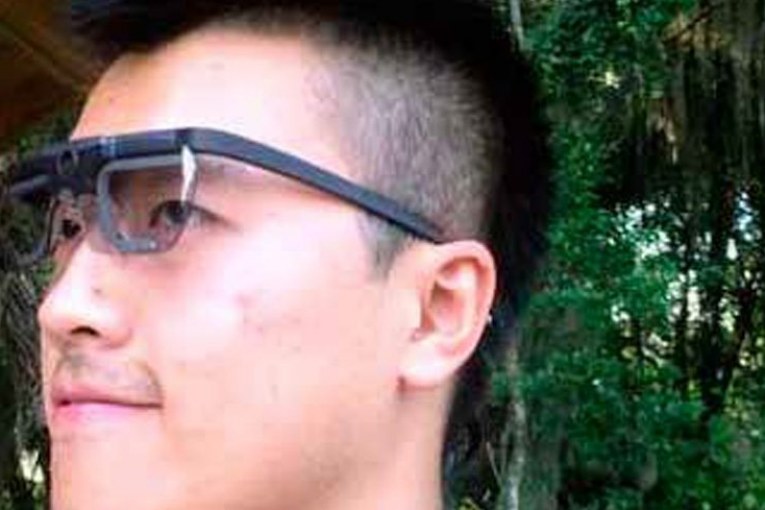
The glasses Jamie Kim uses in her research might look dorky, but they’re designed to help you have more fun.
Kim, a researcher in the University of Florida’s Department of Tourism, Recreation and Sport Management, uses high-tech eye-tracking glasses to determine what parts of an attraction capture visitors’ attention. She’s one of a handful of researchers worldwide pairing the glasses with a wristband that measures your emotional state. Together, the wearables reveal how what you’re looking at makes you feel, which can help design better experiences in everything from theme parks to nature parks.
When you put on the glasses – which look a bit like the bygone Google Glass– eye-tracking technology shows researchers what you’re looking at and how long it holds your interest. It’s more than just a frame-mounted camera, which would only show where the glasses were pointed, not where your eyes were focusing (at the sign nearby, the horizon, or down at your phone, for instance). These glasses actually evaluate your eye movement to determine where you’re focusing your gaze and attention. Meanwhile, the wristband measures emotional arousal by tracking the electric activity on your skin. When you see something that engages your interest, researchers can see corresponding peaks in readouts from the devices, which are sent wirelessly to their laptops as their study subjects move through the attraction. By combining this data with GPS tracking, the researchers can create a heat map showing what people found the most interesting, guiding the fine-tuning of that attraction and the design of future experiences.
Jamie Kim at Sweetwater Wetlands Park, where her research is helping design a better visitor experience.
“Where are visitors really intrigued? Where did they get bored?” Kim said. “When we analyze the data across multiple participants, we’re able to answer those questions.”
The data can even tease out details such as confusing signage: When participants spend too much time reading a sign, or their eyes keep wandering back to read it again, there’s a good chance the message isn’t coming through as intended, she said.
Kim and her colleagues have used the technique – which she calls iMotion – on trolley tours in St. Augustine and at Sweetwater Wetlands Park in Gainesville, where their work is shaping the planning of trails, viewpoints and interpretive signs. She’s also using iMotion to evaluate responses to tourism ads.
“This has lots of potential to improve our knowledge of how to design tourism experiences,” Kim said.




